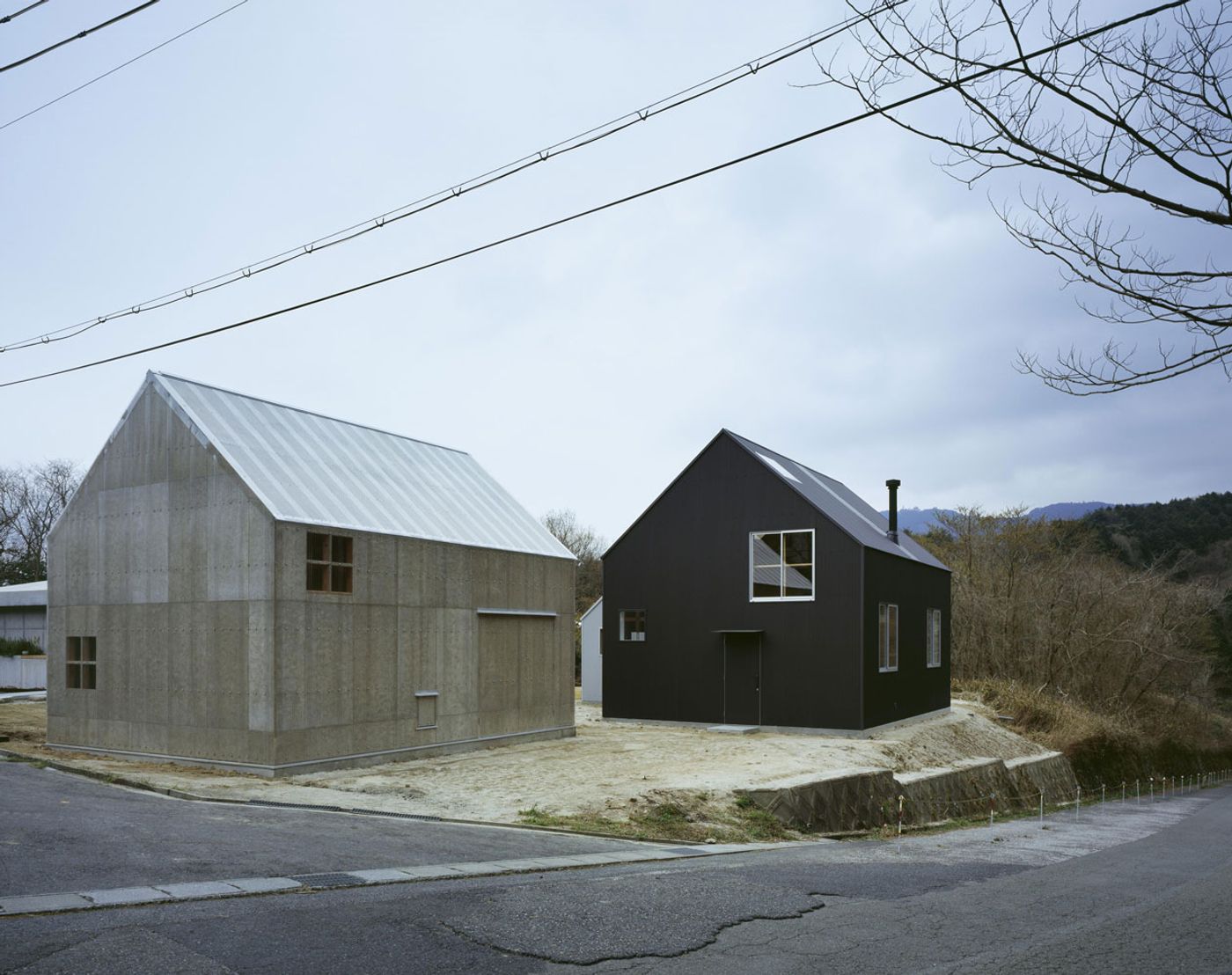
House in Hieidaira by Tato Architects
Words by Ricardo Hernandez
Location
Shiga, Japan
Shiga, Japan
Location
Project name: House in hieidaira
Location of site: Shiga Japan
Site area: 490.00m2
Building area: 116.01m2
Total floor area: 186.14m2
Type of Construction: Wooden
Program: house&atelier
Project by: Tato architects
Principal designer: Yo shimada
Design period: Apr. 2008 - Dec. 2009
Construction period: Dec. 2009 - Apr. 2010

photo © Satos
The beauty of seeing work from Japan is that we get to experience two extremes. On one hand we get to see the modern and progressive work typically expressed in retail; simultaneously we also get to admire the tradition and simplicity of the vernacular outside the city. This house in Hieidaira, located at the foot of Mt. Hiei near the border of Kyoto and Shiga, is a perfect example of this serene language.
Designed by Tato Architects who have been established in 1997 by Yo Shimada in Kobe Japan, this home is the dwelling and work studio of an artist. The client requested a space for his parents with hope that they would live with him in the future. Considering this and other client driven requests, the program required that the site be divided. Noise and odor from the atelier also impacted the site, fragmenting it into three dwelling units; one atelier and two small living units. The existing neighborhood requires sloped roofs; the designers used this vernacular style to their advantage and created two story dwellings out of the three structures in order to capture interior space vertically. This follows the site division while providing ample space for their functional needs.
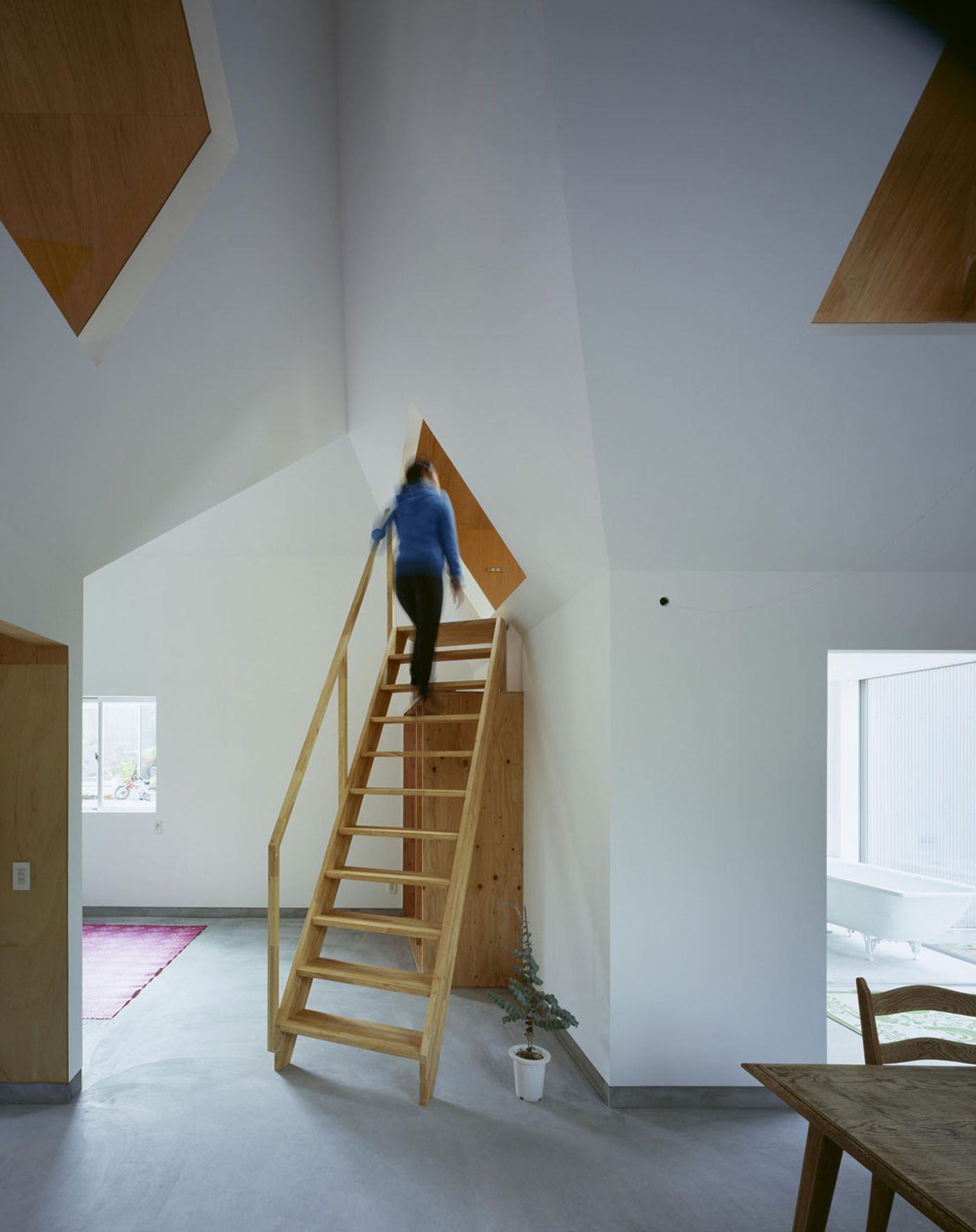
photo © Satoshi Shigeta

photo © Satoshi Shigeta
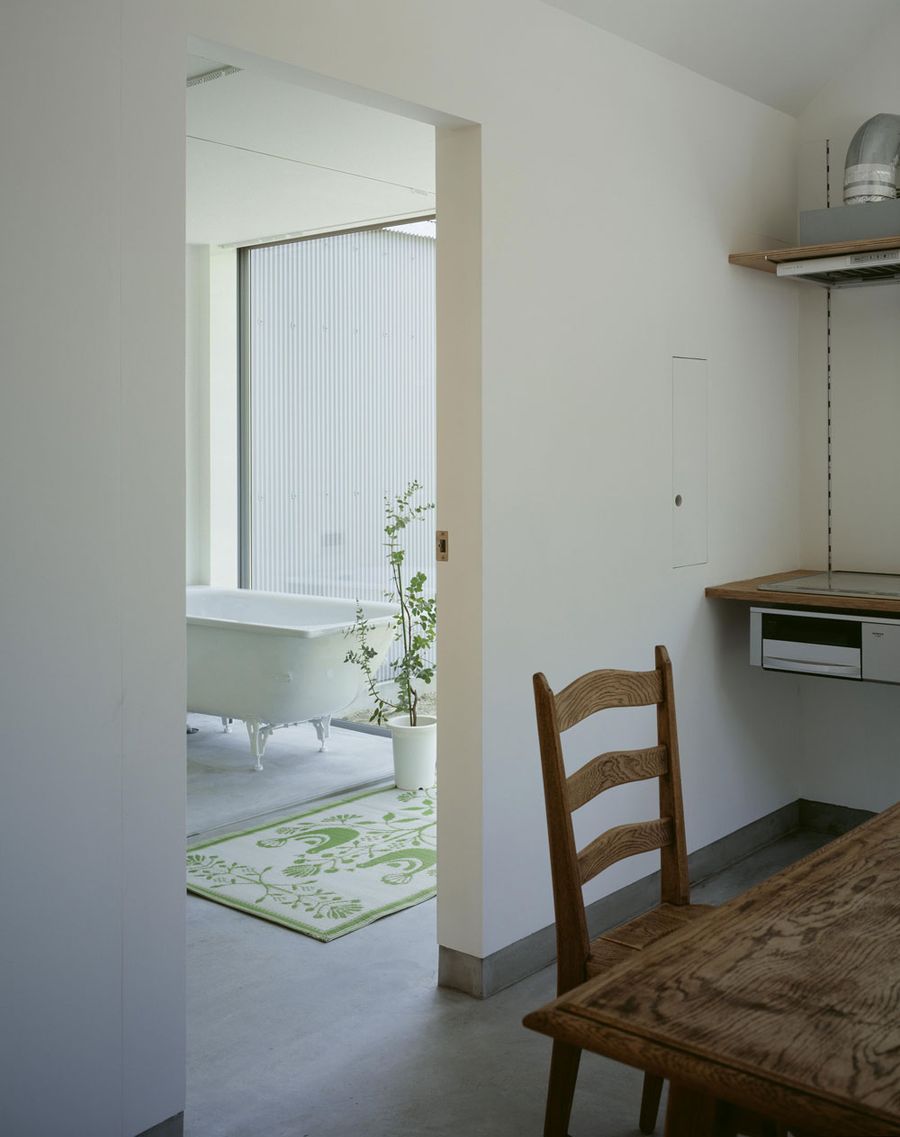
photo © Satoshi Shigeta
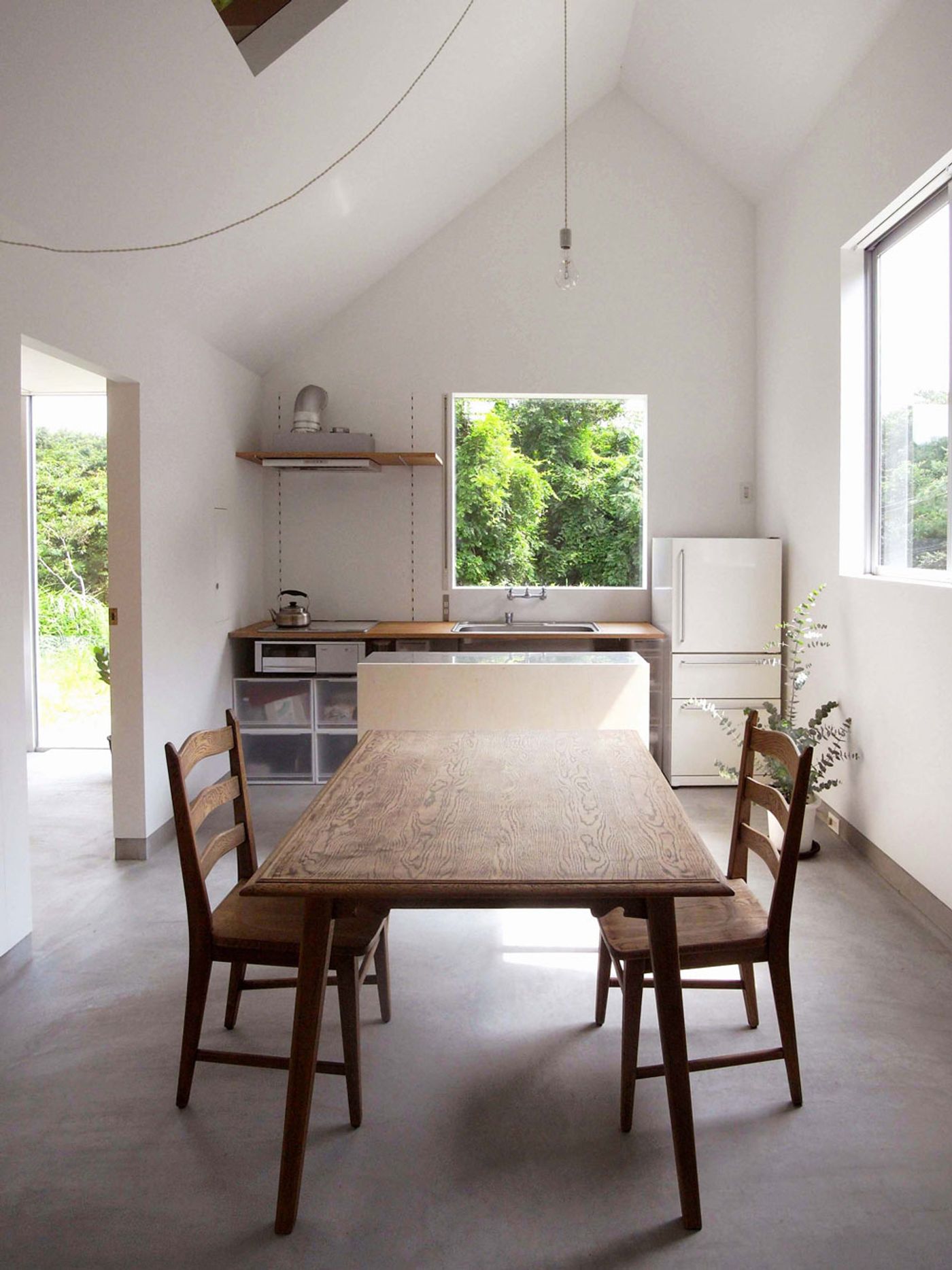
photo © Satoshi Shigeta
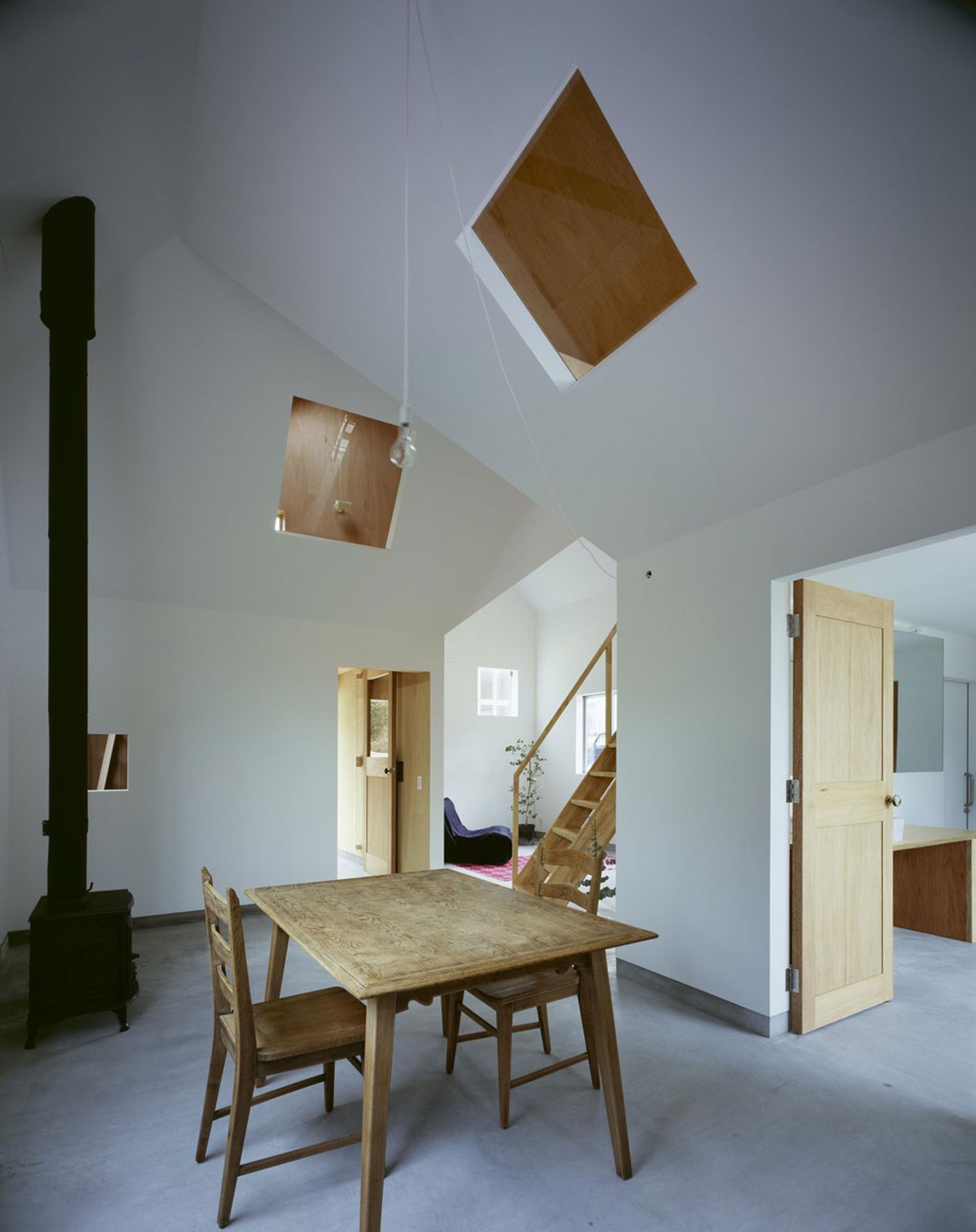
photo © Satoshi Shigeta
Placement of the dwellings was carefully selected to share the common drainage area. Materiality is simple but smart. Cement excelsior boards, serving as fire-resistant thermal insulators and bearing wall structures, were attached to the structure then covered with corrugated polycarbonate plates. Thermal storage uses electricity to provide underfloor heat; a large opening was created to the north side in order to bring in plenty of sunlight.
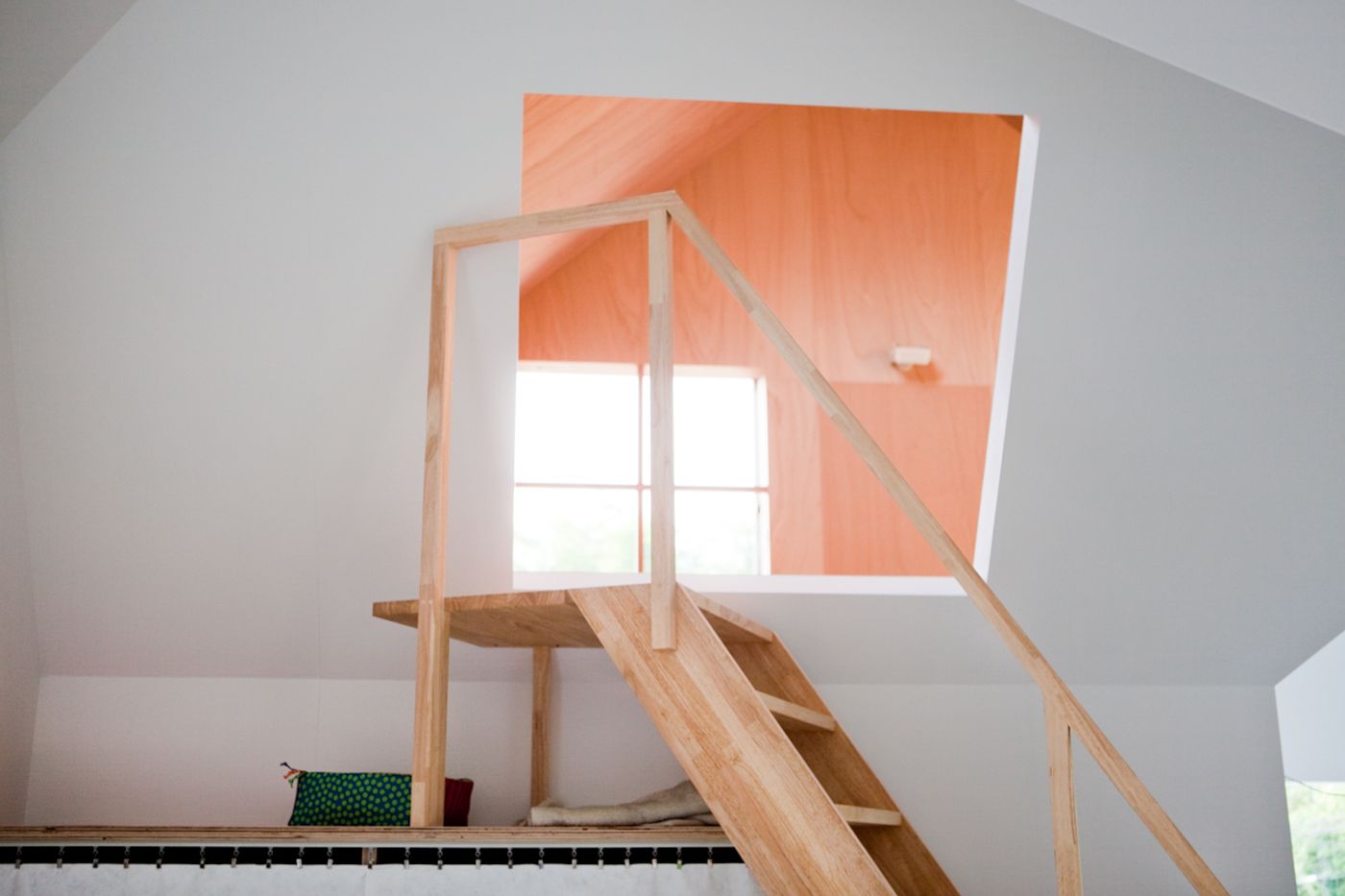
photo © Yousuke Takeda
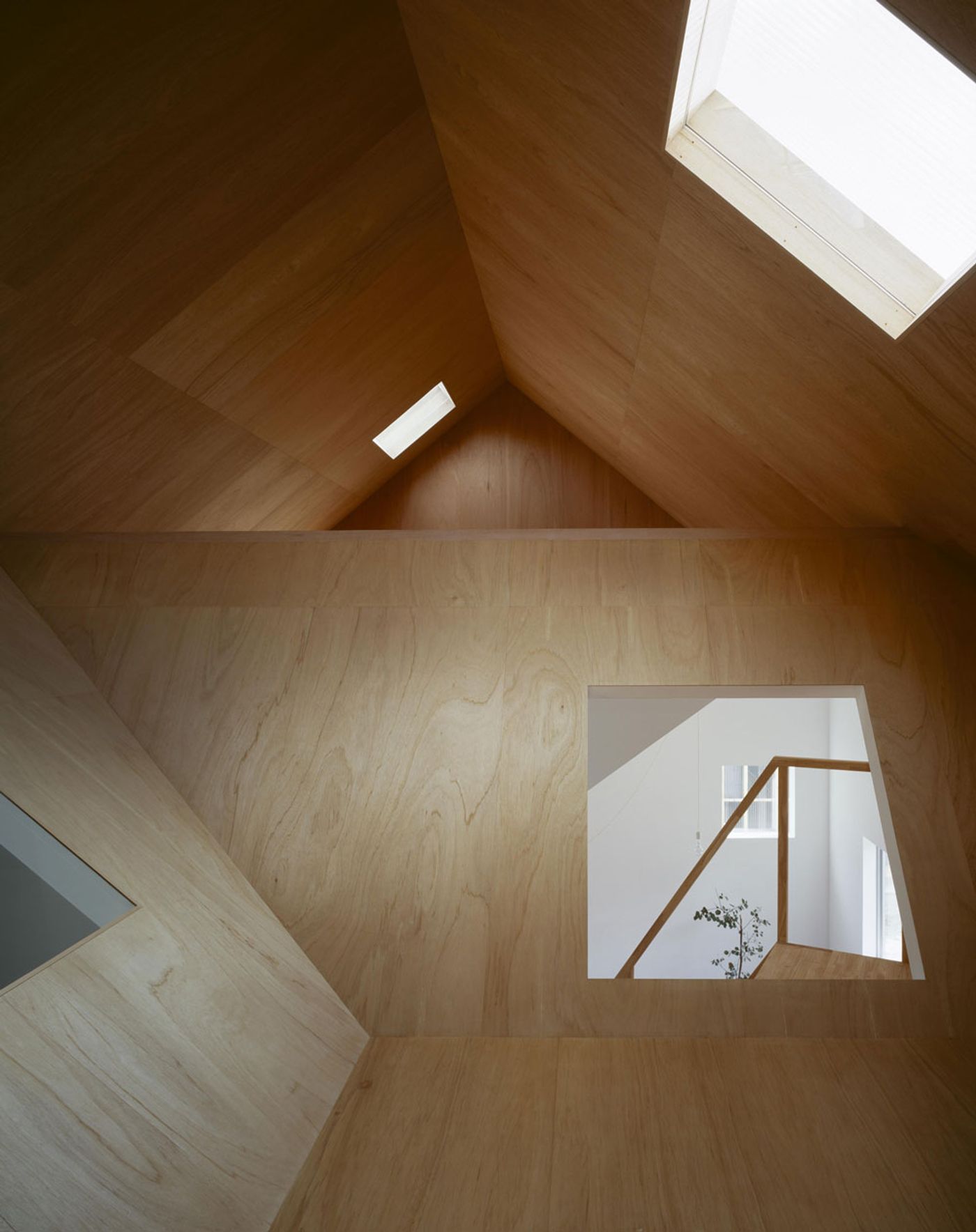
photo © Satoshi Shigeta
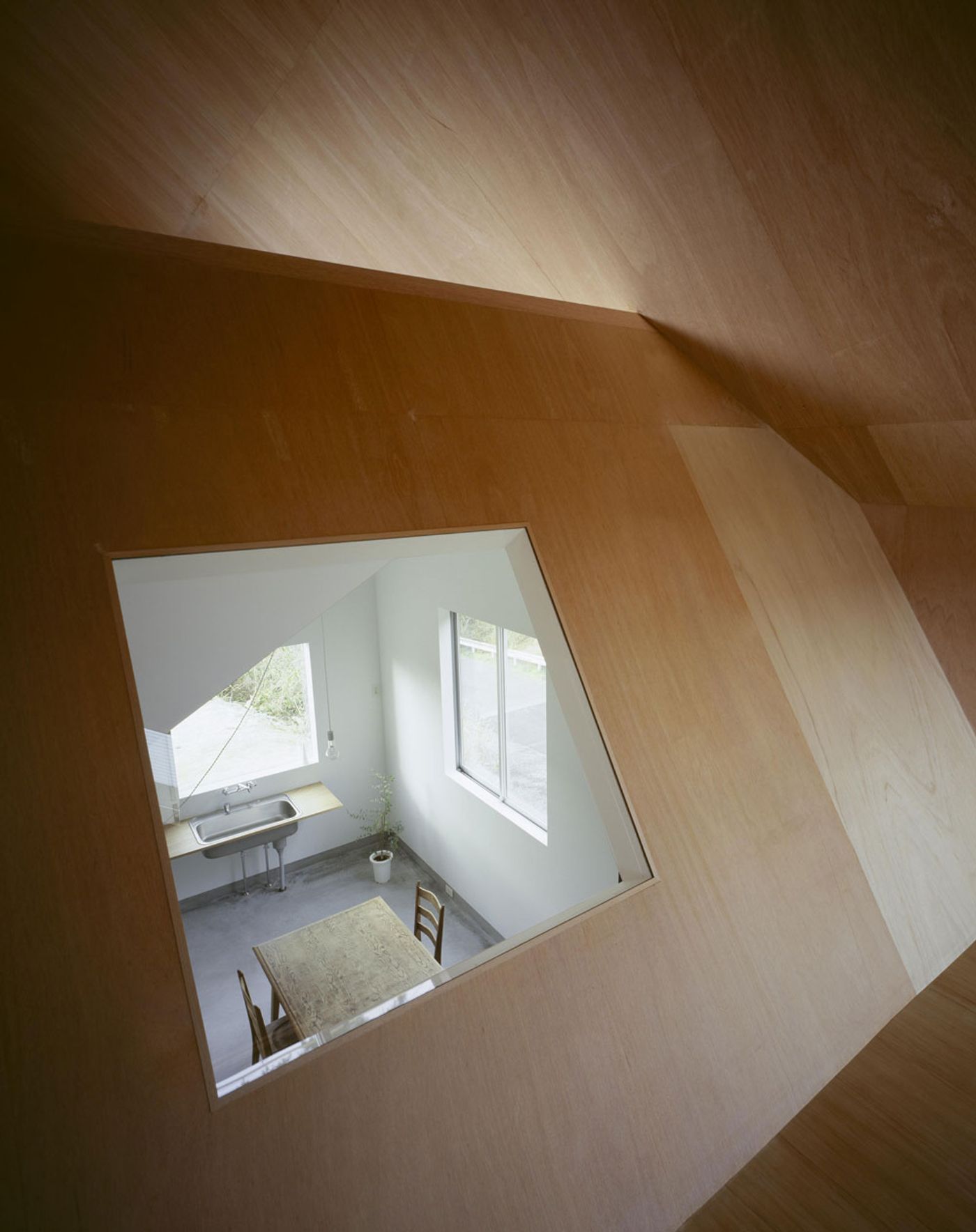
photo © Satoshi Shigeta
From the exterior, these cottage style homes seem small, but the ingenuity of the architects (and in this case, the low budget) helped to expose more of the interior and create an simple environment. Even to our surprise, Tato Architects was able to create a private, 'hidden' interior room in the upper level of the home. It is this space that transports you away from the cottage into an oasis which feels like an escape from the rest. We love seeing a project such as this- the most was done with the least; Japan seems to be doing a lot of that.

photo © Satoshi Shigeta
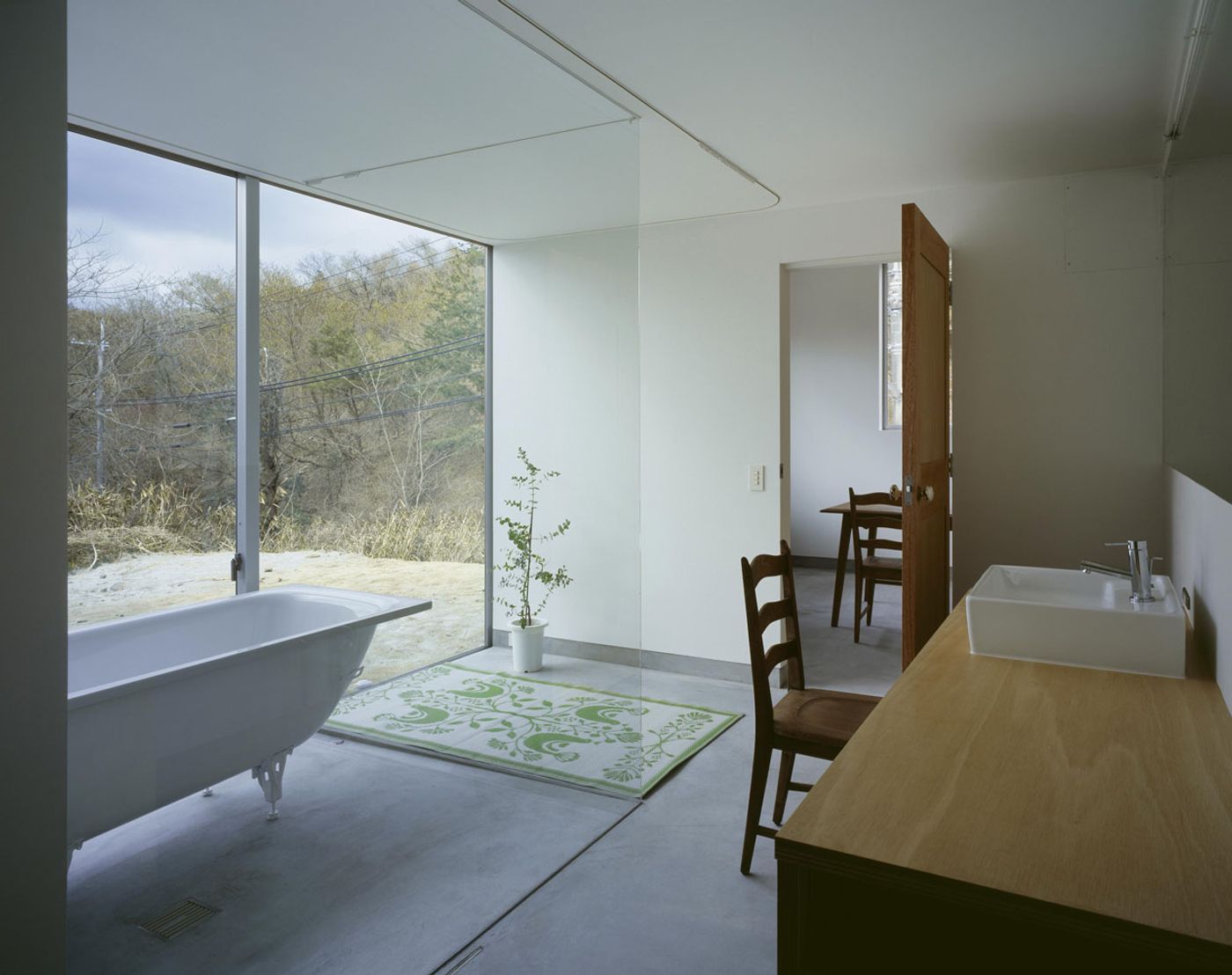
photo © Satoshi Shigeta
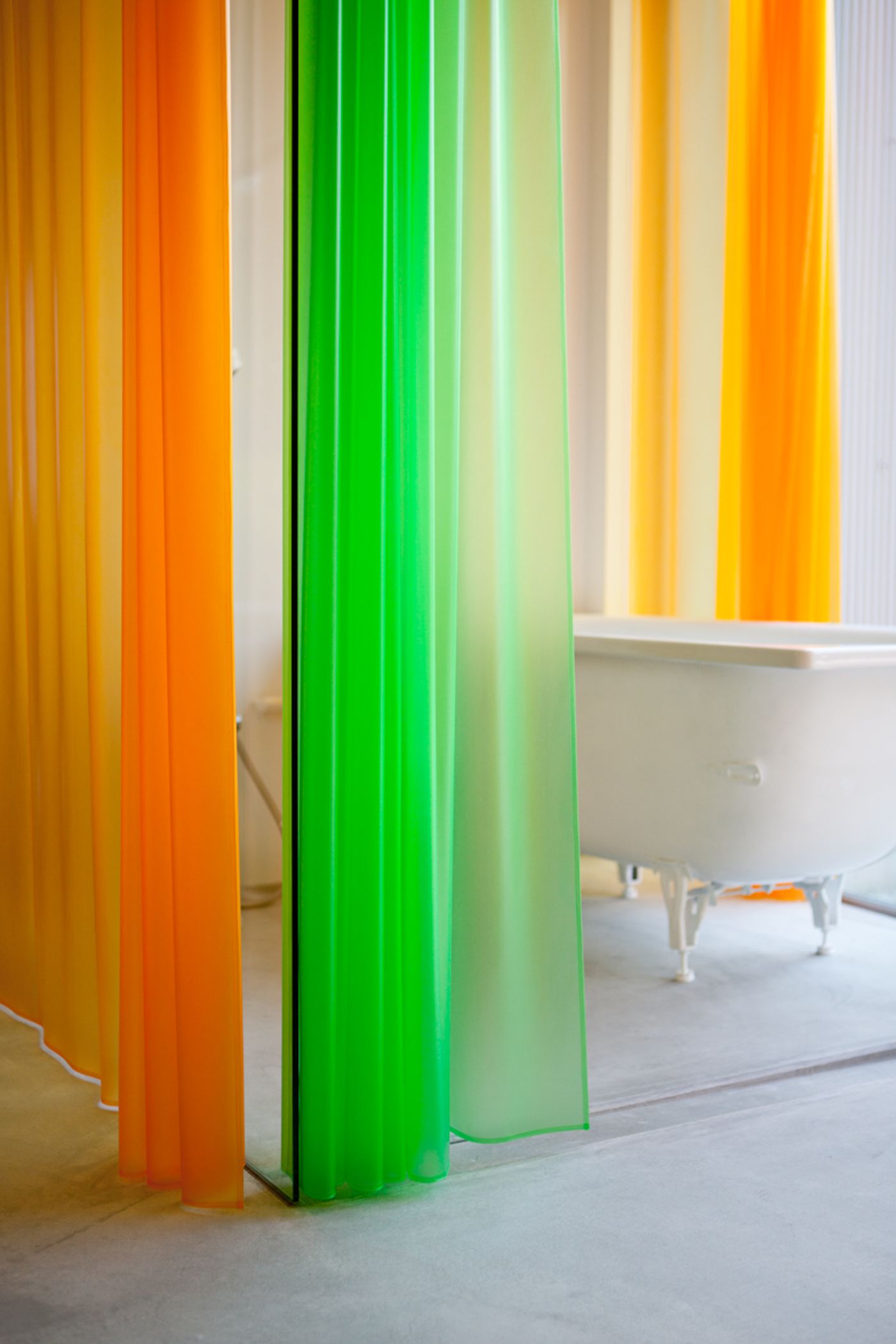
photo © Yousuke Takeda
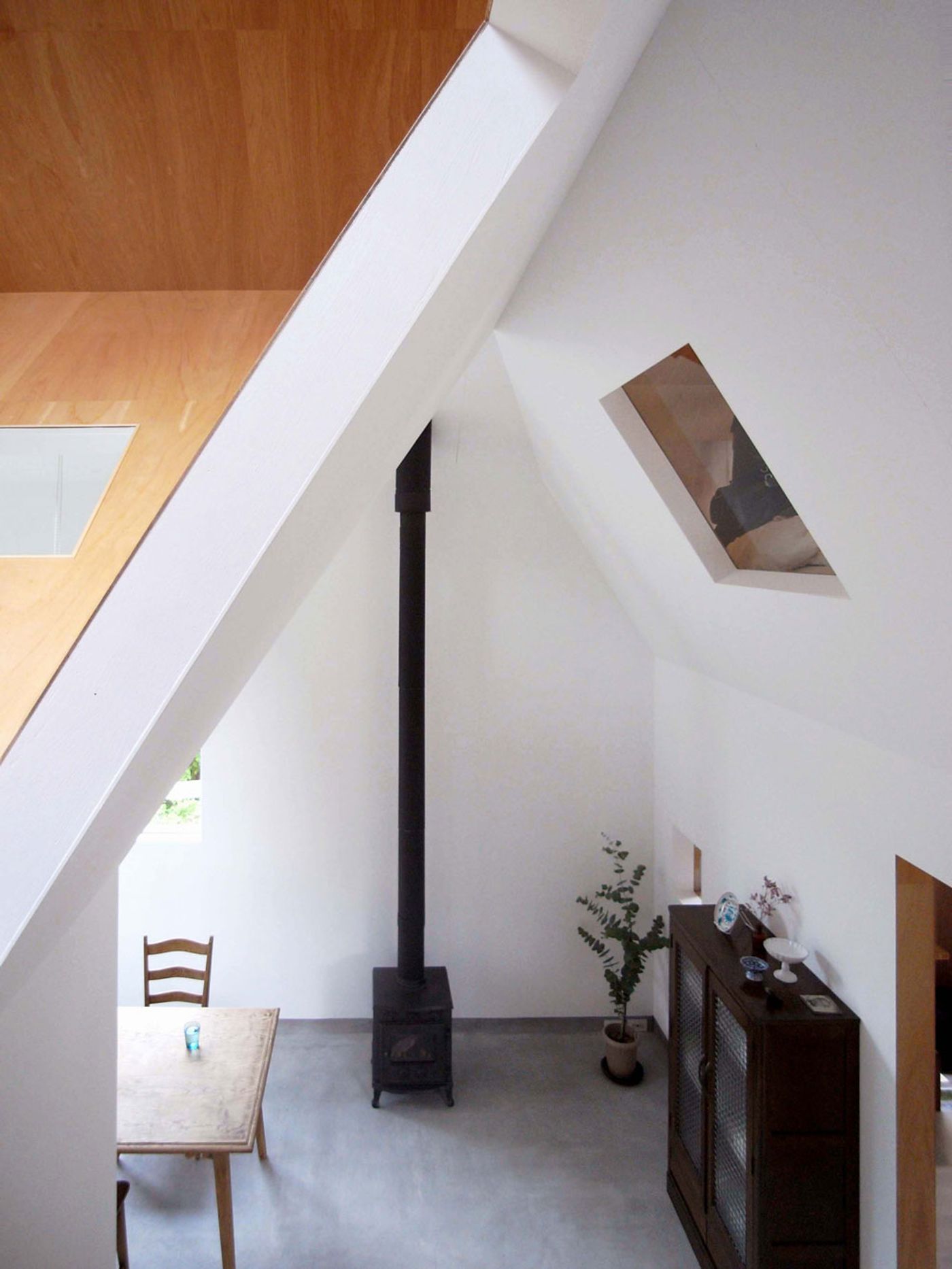
photo © Tato Architects
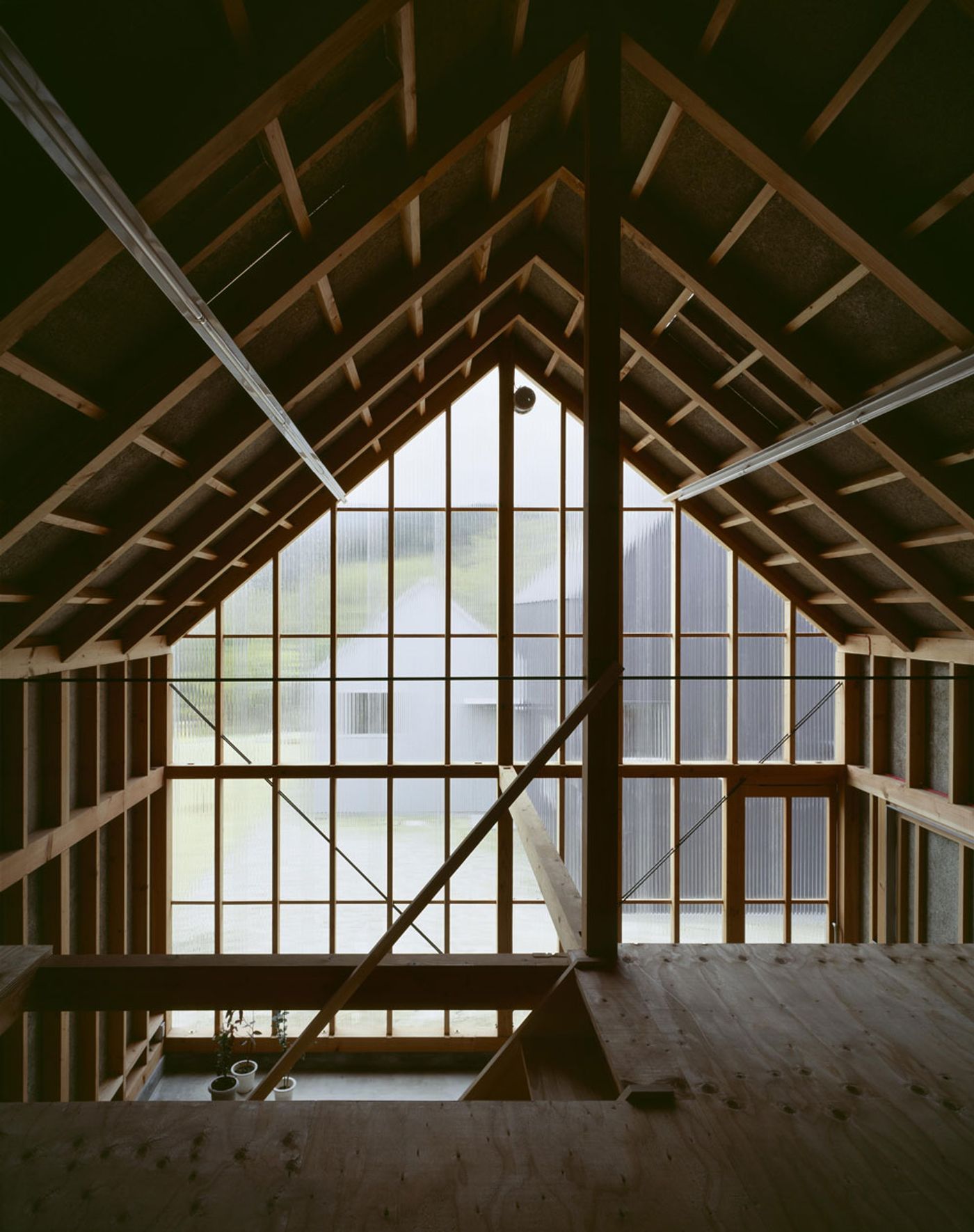
photo © Satoshi Shigeta
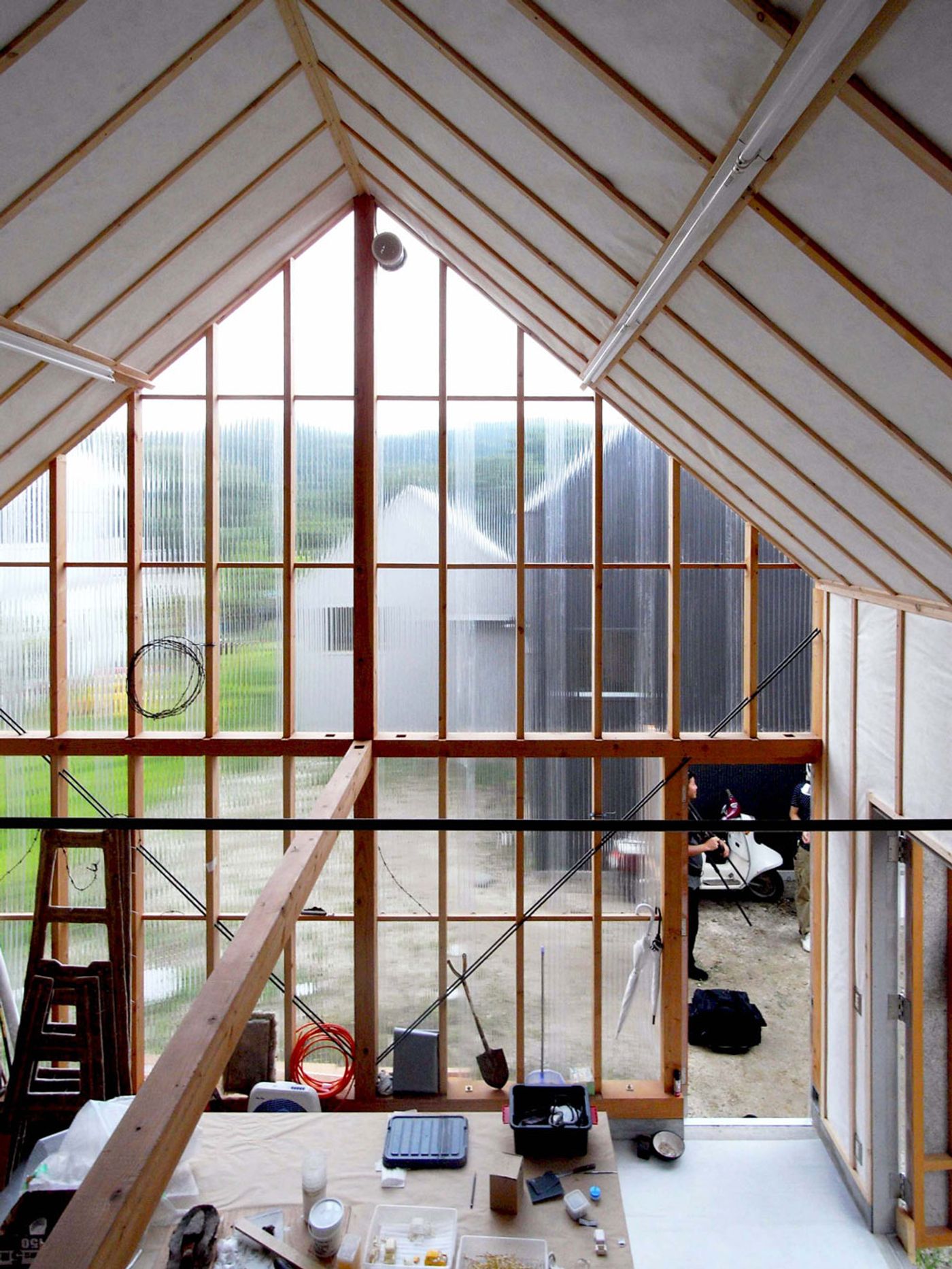
photo © Tato Architects
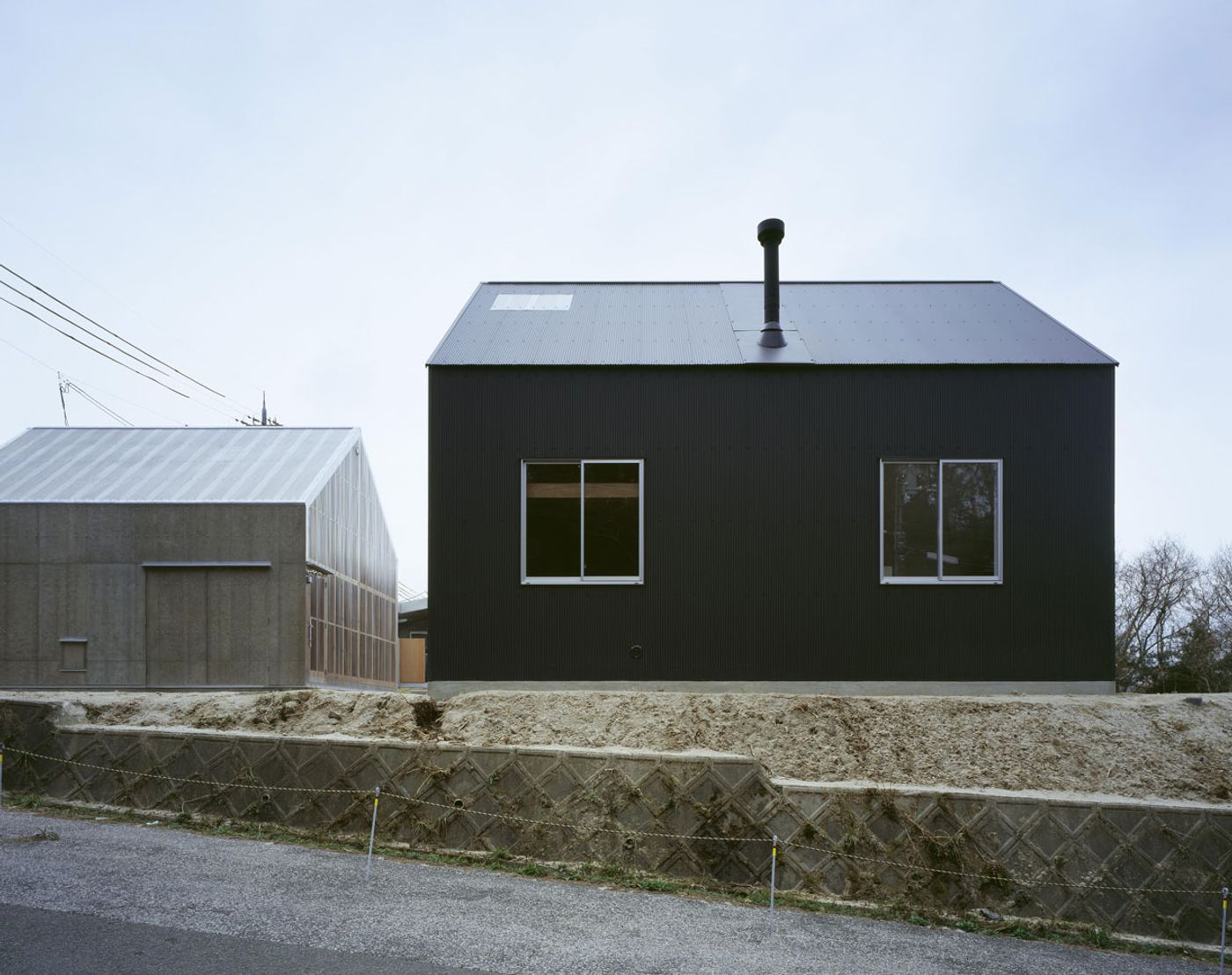
photo © Satoshi Shigeta